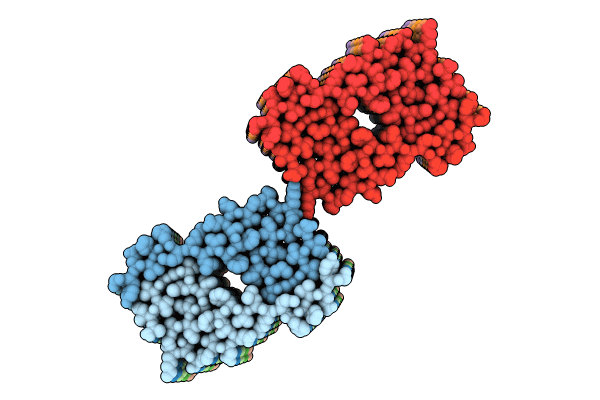
Deposition Date
2024-08-05
Release Date
2024-10-02
Last Version Date
2024-10-02
Entry Detail
PDB ID:
9CZN
Keywords:
Title:
Type Ic amyloid-beta 42 filaments in dominantly inherited Alzheimer disease with cotton wool plaques
Biological Source:
Source Organism:
Homo sapiens (Taxon ID: 9606)
Method Details:
Experimental Method:
Resolution:
2.60 Å
Aggregation State:
FILAMENT
Reconstruction Method:
HELICAL


